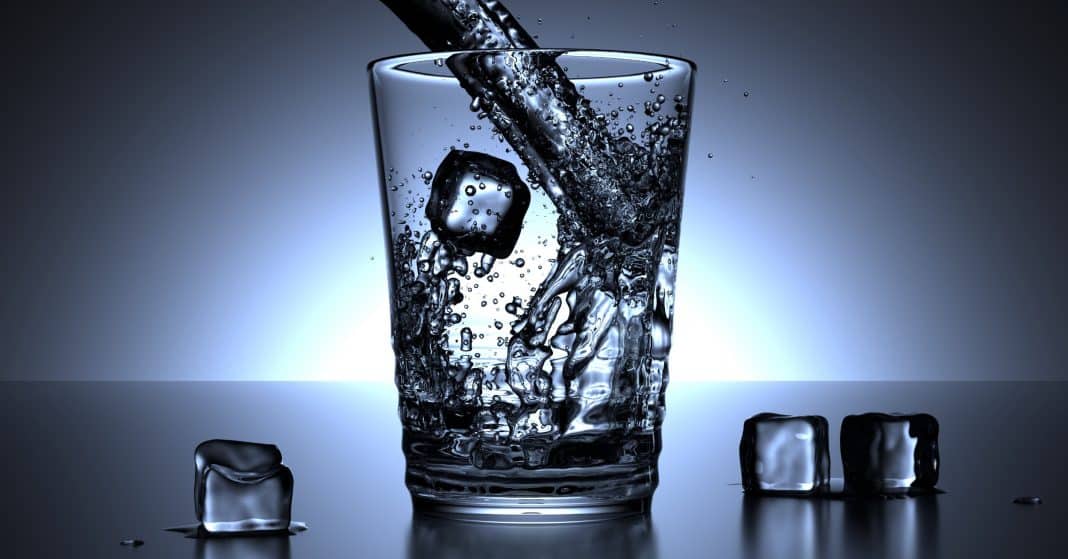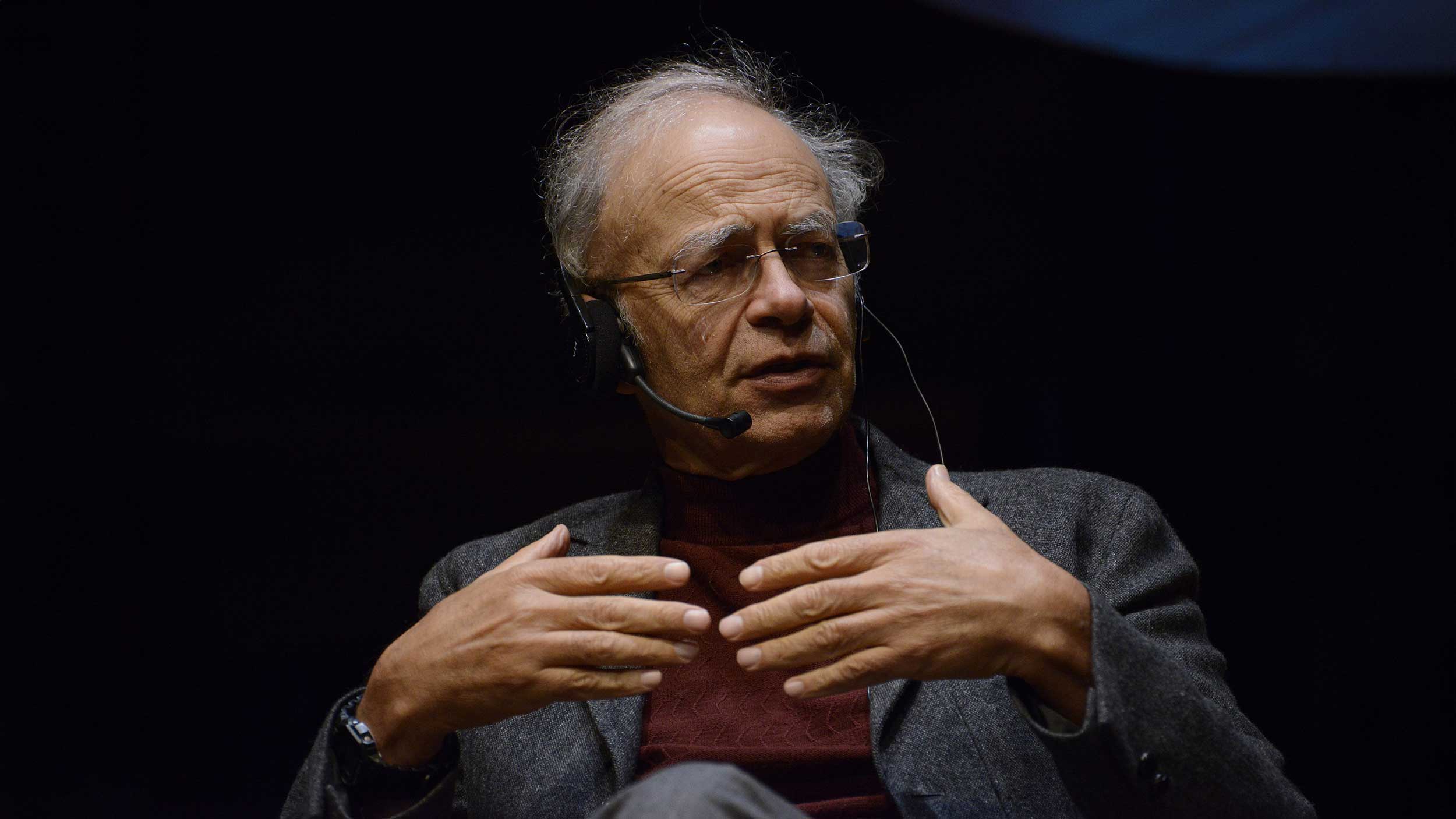At a time when adventurers were still competing to conquer the ice-cold vastness of the North and South Poles, scientists were running a tight race to get as close as possible to absolute zero, the lowest temperature possible, one of just over -273 °C.
Absolute zero is the temperature at which atoms and molecules reach their lowest point of kinetic energy. Even though the absolute zero can never be reached in a laboratory, we can come close. Today, scientists use special techniques to cool down atoms to a tiny fraction of a degree above the lowest theoretically possible temperature. In order to develop these techniques, scientists, not unlike the early polar explorers, had to show enormous amounts of knowledge, persistence, ingenuity and courage.
The sub-zero pioneer
In the 19th century, the Scottish physicist and chemist James Dewar developed multiple techniques and tools for working with very cold fluids and gases. Among other things, he invented the vacuum flask, the Dewar bottle or thermos that we still use today to keep our tea warm. The bottle prevents heat conduction between the inside and the outside of its vacuum-bound walls.
Dewar was well known as an interesting lecturer who often attracted attention with fascinating experiments. As he later recalled, he had been drawn to the world of ice and cold as a young boy when he skated on a frozen lake in Scotland. In 1852, when Dewar was ten years old, he fell through the ice and became seriously ill after suffering hypothermia. He developed rheumatic fever and it took several years for him to make a complete recovery.
As a researcher, Dewar aspired to continue the work of his role model Michael Faraday, who proved that certain gases, such as ammonia, condense under pressure. Faraday wanted to know if this was true for all gases. When conducting his experiments, he couldn’t find a way to turn gases such as hydrogen, nitrogen and oxygen into a liquid state. Using the gas liquefaction technology available at the time, he was able to reach –130 °C, and this still wasn’t cold enough for some gases to condense.
Why are some gases more difficult to liquefy than others?
In 1873, the Dutch physicist Johannes Diderik van der Waals explained why some gases were harder to liquefy than others. He succeeded in using data about the forces between atoms and molecules to calculate the critical temperature every gas had to reach before it turned to liquid. Oxygen, nitrogen and hydrogen needed to be cooled down even more than initially expected. Hydrogen was the most difficult because it would only turn liquid a few tens of degrees above absolute zero.
Dewar set himself the challenge of becoming the first scientist to liquefy hydrogen. The procedure for reaching cold temperatures was very complicated at the time because it involved turning gases into liquid one after the other with the temperature consistently dropping. The first liquefied gas was used to cool down and liquefy the next, and so on.
In order to liquefy hydrogen, scientists first needed to create a very cold environment by using other gases that also first needed to be individually compressed. Because they were working with high pressure and extremely low temperatures, there was a great risk of explosions. Accidents were common and Dewar’s close colleague once lost an eye when a piece of equipment blew up. While Dewar meticulously noted all material damage in his lab journals, he failed to mention the injuries of his assistants.
Approaching the absolute zero
In 1898, when he finally managed to liquefy hydrogen and reach the temperature of -250 °C, Dewar was convinced he had made a great scientific breakthrough. But it turned out that newly discovered helium had an even lower temperature threshold than hydrogen. Theoretically, helium was estimated to liquefy at only 5 degrees above absolute zero, which instantly became the new limit for researchers to break.
Dewar joined the pursuit, but had significant trouble producing helium. When his assistant made a mistake and opened the wrong valve in the apparatus, allowing a considerable amount of their stock of helium to escape, it became clear they had lost the race.
The Dutch scientist Heike Kamerlingh Onnes was the first to liquefy helium successfully in 1908, thereby setting a new record for sub-zero temperatures created in the laboratory. While conducting the experiment, which took an entire day of gradually lowering the gas temperature, Kamerlingh Onnes was so absorbed in his task that his wife had to spoon-feed him because he refused to take a lunch break. His efforts paid off.
After the important milestones reached in conquering sub-zero temperatures early in the 20th century, scientists started to focus on the features of this “super-cooled” matter. In 1911, they discovered that certain substances lose their electrical resistance when cooled down to a few degrees above absolute zero. Kamerlingh Onnes named this mysterious phenomenon superconductivity. His achievements in the research of super-cooled substances won him a Nobel Prize in 1913.
In addition to superconductivity another unusual occurrence was noticed. When cooled down even more, liquid helium turned into a special type of liquid with zero viscosity. This new state was named superfluidity. The scientists were unable to explain it at first, but they correctly assumed it had something to do with the properties that the emerging new theories of quantum physics were beginning to describe.
When particles lose their identity
In 1925, a young Indian scientist called Satyendra Nat Bose sent Albert Einstein a manuscript of a paper he had written. It had been refused by every scientific journal he had approached. The paper develops a mathematical model for the way photons behave and applies it to molecules and atoms. Einstein found the idea interesting and decided to develop it.
Based on the new calculations, Einstein found that at a fragment above absolute zero, matter converts into a completely new, unknown state. They named it the Bose-Einstein condensate. Einstein predicted the existence of a special state of matter in which atoms lose their individuality. In this state atoms are impossible to distinguish, yet they constitute a whole.
In order to establish the Bose-Einstein condensate, one needed to create a temperature close to absolute zero, which meant new techniques of extreme cooling had to be invented. Scientists used lasers to trigger photon collisions at the right energy levels, which cooled atoms down to a few millionths of a degree above absolute zero.
In addition to laser cooling, experimental physicists developed a magnetic trap method, whereby a magnetic field functions as a sort of cave. Cooled-down atoms are trapped in the field, and only those that still have enough kinetic energy can escape. The energy levels of atoms that stay trapped keep on dropping and consequently become increasingly cooler.
Researchers have managed to create Bose-Einstein’s condensate successfully for the first time in 1995. Several thousand rubidium atoms were cooled down to a degree that caused atoms to lose their individual features and form a cloud. Allegedly this was the first time in the entire universe that this state of matter was created, because even the temperature in empty interstellar space is said to be considerably higher than the one created in this laboratory.
If we imagine the scale of temperature in terms of the distance between two places, and compare the difference between room temperature and absolute zero to the distance between Paris and New York, the remaining distance from Bose-Einstein’s condensate to absolute zero would be no more than the breadth of the tip of a pencil.






